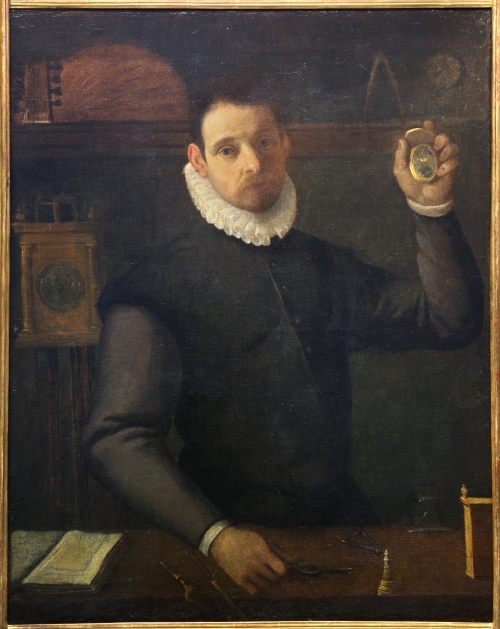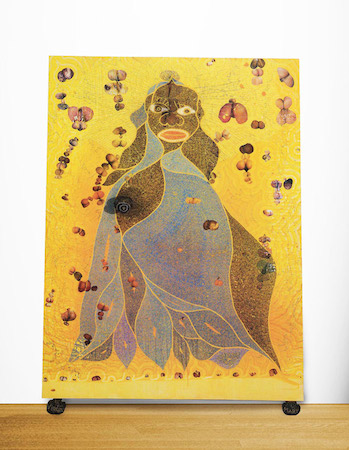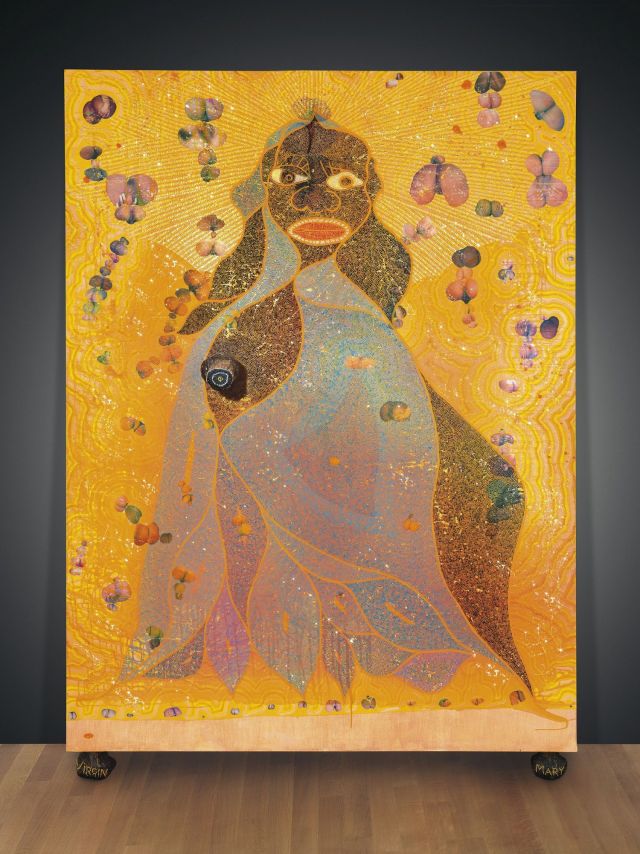
In recent years, several communities have been affected by a rise in anti-Muslim incidents and New York City is no exception. In early July of 2017, several newspapers reported on an incident that took place outside of a mosque in Hyde Park, though it is still unclear to reporters and investigators alike whether this incident will be considered a hate crime. Hate crimes are generally motivated by bias against a group or a person’s membership in a particular group and usually involve violence, though not always. In this particular incident, it was reported that a large painting of Jesus Christ on a cross was posted on the side of the mosque in the early hours of July 7th. Though the police are indeed investigating the incident as a potential hate crime, there are still mixed sentiments among those in the community affected by the art installation; leaders of the mosque claim they are not offended by the image of Jesus as he is incorporated into their religion whereas members of the community disagree and feel that their religion was attacked. Others have even suggested that this incident can be used as a teaching moment meaning that though the perpetrator may have been motivated by bias or hate, their message can be changed to one of love and acceptance. This begs the question of whose right it is to label something as hate and whether or not how this incident it labeled changes the way people are affected by it. Should it be under the guise of the law? Or should it be determined by those affected? Additionally, does labeling this as a “teaching moment” diminish and justify the actions of the artist?







